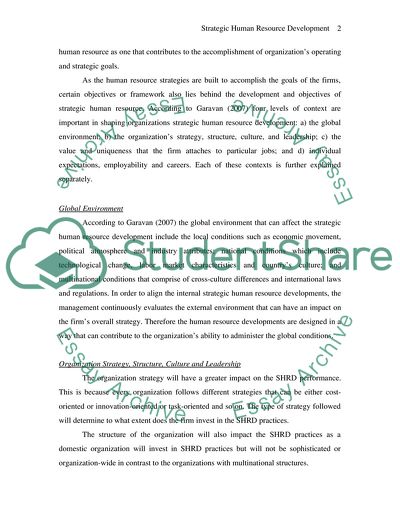Cite this document
(Impact of Current Economic Downturn on Startegic Human Resource Research Paper, n.d.)
Impact of Current Economic Downturn on Startegic Human Resource Research Paper. Retrieved from https://studentshare.org/human-resources/1559414-impact-of-current-economic-downturn-on-startegic-human-resource-development
Impact of Current Economic Downturn on Startegic Human Resource Research Paper. Retrieved from https://studentshare.org/human-resources/1559414-impact-of-current-economic-downturn-on-startegic-human-resource-development
(Impact of Current Economic Downturn on Startegic Human Resource Research Paper)
Impact of Current Economic Downturn on Startegic Human Resource Research Paper. https://studentshare.org/human-resources/1559414-impact-of-current-economic-downturn-on-startegic-human-resource-development.
Impact of Current Economic Downturn on Startegic Human Resource Research Paper. https://studentshare.org/human-resources/1559414-impact-of-current-economic-downturn-on-startegic-human-resource-development.
“Impact of Current Economic Downturn on Startegic Human Resource Research Paper”, n.d. https://studentshare.org/human-resources/1559414-impact-of-current-economic-downturn-on-startegic-human-resource-development.


